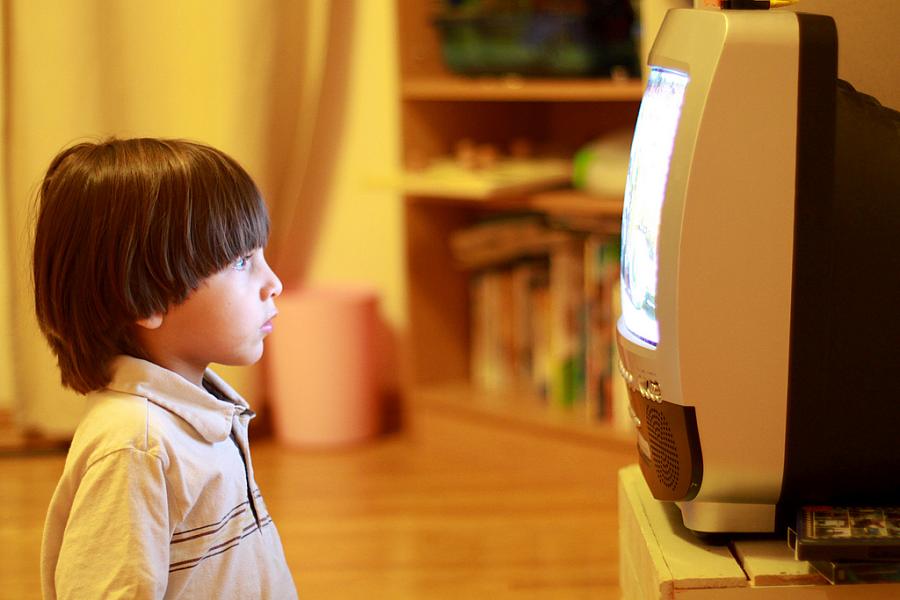Vicarious disasters leave lasting marks on young minds

In the New Yorker’s Comment column this week, editor David Remnick taps into the collective psyche when he observes that “this summer feels like a uniquely horrific season of dissolution and blood.”
Remnick notes that this summer’s events are uniquely horrific only to the extent that we overlook the past. But the feeling that the situation in the world has rarely been worse is hard to shake, given the downed passenger jet in eastern Ukraine; ongoing civilian casualties in Gaza, Syria and northern Iraq; and Boko Haram’s abductions of schoolchildren and continuing terrorist activities in Nigeria. Closer to home, memory is still fresh of a May rampage in Santa Barbara left six dead, 13 injured and many more deeply scarred.
For a blog preoccupied with children’s health, it seems relevant to ask: What might these wrenching events portend for the kids who endure them, not just firsthand but through secondhand exposure through family members?
While that question will no doubt take years to fully answer, a recent study published in the July issue of the journal Depression and Anxiety is illuminating. The study, conducted by psychologists at Boston University and Florida International University, focused on children whose relatives participated in the massive manhunt that followed the Boston Marathon bombing. The authors write:
Every society is confronted with disasters that disrupt and overwhelm entire communities. Each year, these destructive occurrences collectively affect millions, and have considerable mental health effects on exposed youth… Children's responses to the 2013 Boston Marathon bombing and its aftermath illustrate how events secondary to initial disasters can impose serious mental health consequences.
The study is based on surveys of 460 parents and caregivers of kids – ages 4 to 19 – in the Boston area, who described their child’s experiences during and after the attack and their psychological state in the six months following.
The surveys revealed a striking trend: Young children and teens were 5.7 times more likely to have symptoms of PTSD if they had a relative involved in the manhunt, compared with those who didn’t. To put it another way, “roughly one out of every nine children sampled with family in the manhunt had ‘likely PTSD.’”
The fear that something bad might happen to a parent or loved one turned out to be key:
[H]aving a relative in the manhunt significantly predicted child PTSD symptoms, emotional symptoms and hyperactivity/inattention. Fear during the manhunt that a loved one could be hurt mediated relationships between having a relative in the manhunt and clinical outcomes.
While the study has some limitations worth noting (questions about the representativeness of the sample, a low participation rate and fact that the survey was English-only), the findings add to a growing awareness among researchers that the psychological fallout from disasters isn’t limited to kids who have firsthand experiences. Experiencing such events indirectly through those they’re closest to can leave lasting marks of trauma as well.
Another examples comes from a 2010 study that looked at how the September 11 attacks affected more than 8,000 New York City public schoolchildren in grades four through 12 six months later. After reviewing surveys of the children, Columbia University researchers concluded:
Results indicate that adverse disaster-related experiences extend beyond traumatic exposure and include the prolonged ripple of post-disaster life disruption and economic hardship.
“The prolonged ripple of post-disaster life” is a lyrical way of capturing a sobering reality, which is that some of the worst effects for kids may come from follow-on effects in the months and years afterwards: a mom or dad losing their jobs; parents restricting kids’ freedoms in newly severe ways; a caregiver lapsing into addiction; a rise in a family’s ambient stress level, and so forth.
The authors of the Boston Marathon study point to some very general steps to lessen the mental burdens: Identify and treat kids showing signs of distress early and “reduce barriers to effective care,” especially for kids in families that play a direct role in responding to disasters and atrocities.
For clinicians and public health workers, that means an expanded post-disaster purview that includes not just the young person who witnessed an act of unspeakable horror, but the kid of the policewoman or fireman or good Samaritan who responded to the scene and cannot help but carry those indelible images home with them.
Image courtesy of Alec Couros via Flickr.

